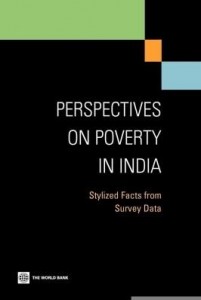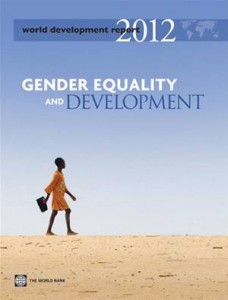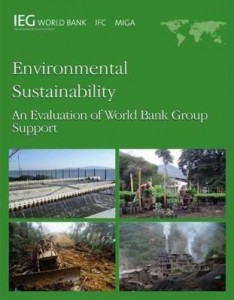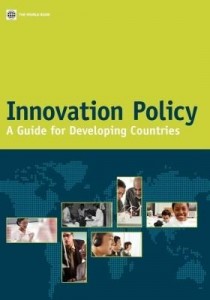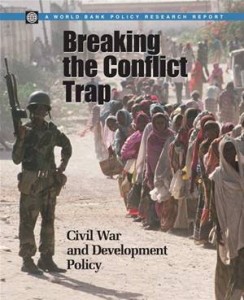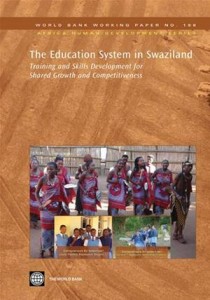'The book examines India?s experience with poverty reduction in a period of rapid economic growth. Marshalling evidence from multiple sources of survey data and drawing on new methods, the book asks how India?s structural transformation - from rural to urban, and from agriculture to nonfarm sectors - is impacting poverty. Our analysis suggests that since the early 1990s, urban growth has emerged as a much more important driver of poverty reduction than in the past. We focus in particular on the role of small and medium size conurbations in India, both as the urban sub-sector in which urban poverty is overwhelmingly concentrated, and as a sub-sector that could potentially stimulate rural-based poverty reduction. Second, in rural areas, we focus on the nature of intersectoral transformation out of agriculture into the nonfarm economy. Stagnation in agriculture has been accompanied by dynamism in the nonfarm sector, but there is much debate about whether the growth seen has been a symptom of agrarian distress or a source of poverty reduction. Finally, alongside the accelerating economic growth and the highly visible transformation that is occurring in India?s major cities, inequality is on the rise. This is raising concern that economic growth in India has by-passed significant segments of the population. The third theme on social exclusion asks if, despite the dramatic growth, historically grounded inequalities along lines of caste, tribe and gender have persisted. This book would be of interest for policymakers, researchers, non-governmental organizations, and international agencies?from India and abroad--who wish to know more about India?s experience of the last two decades in reducing poverty.'
Perspectives on Poverty in India
Sobre
Talvez você seja redirecionado para outro site
